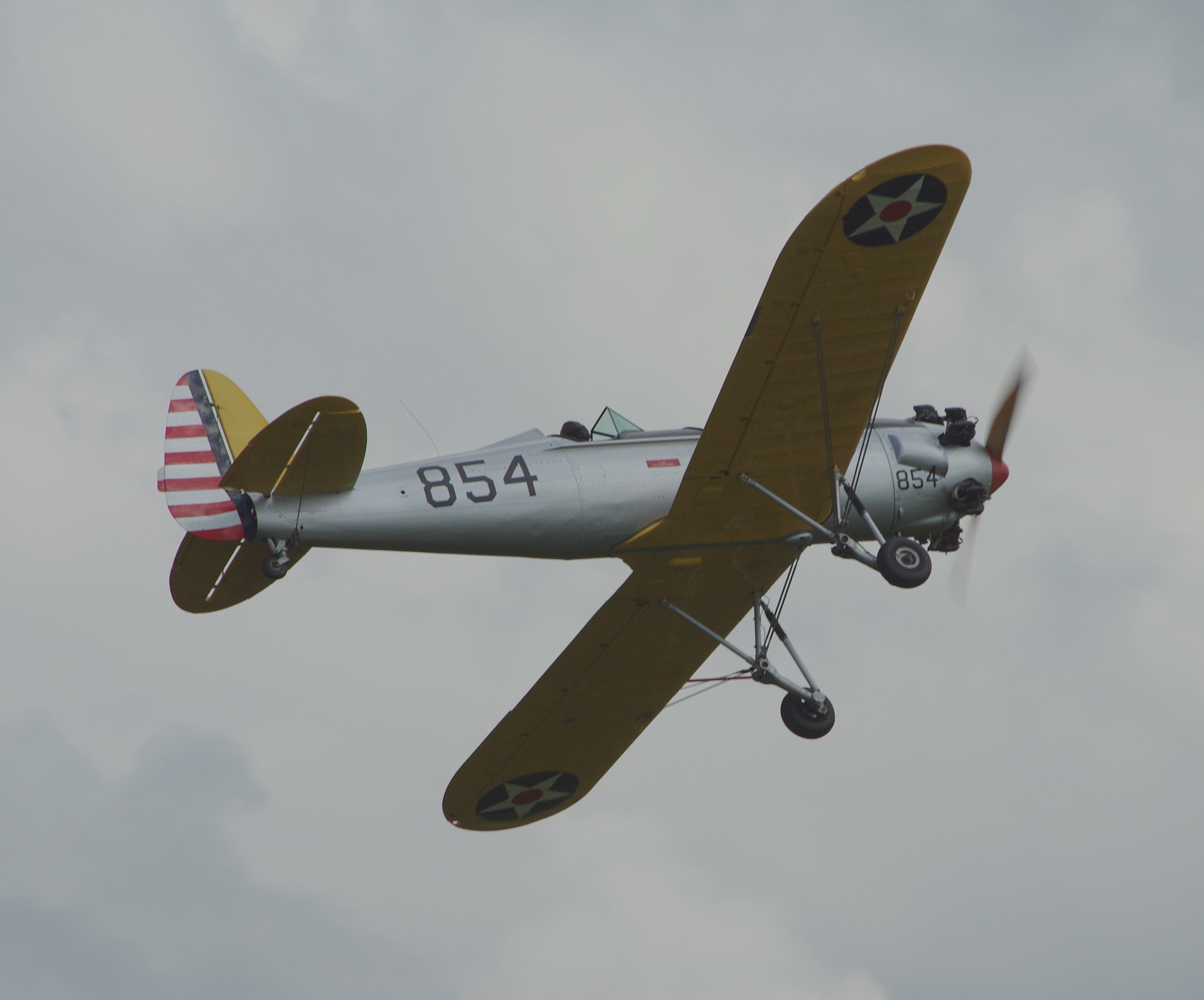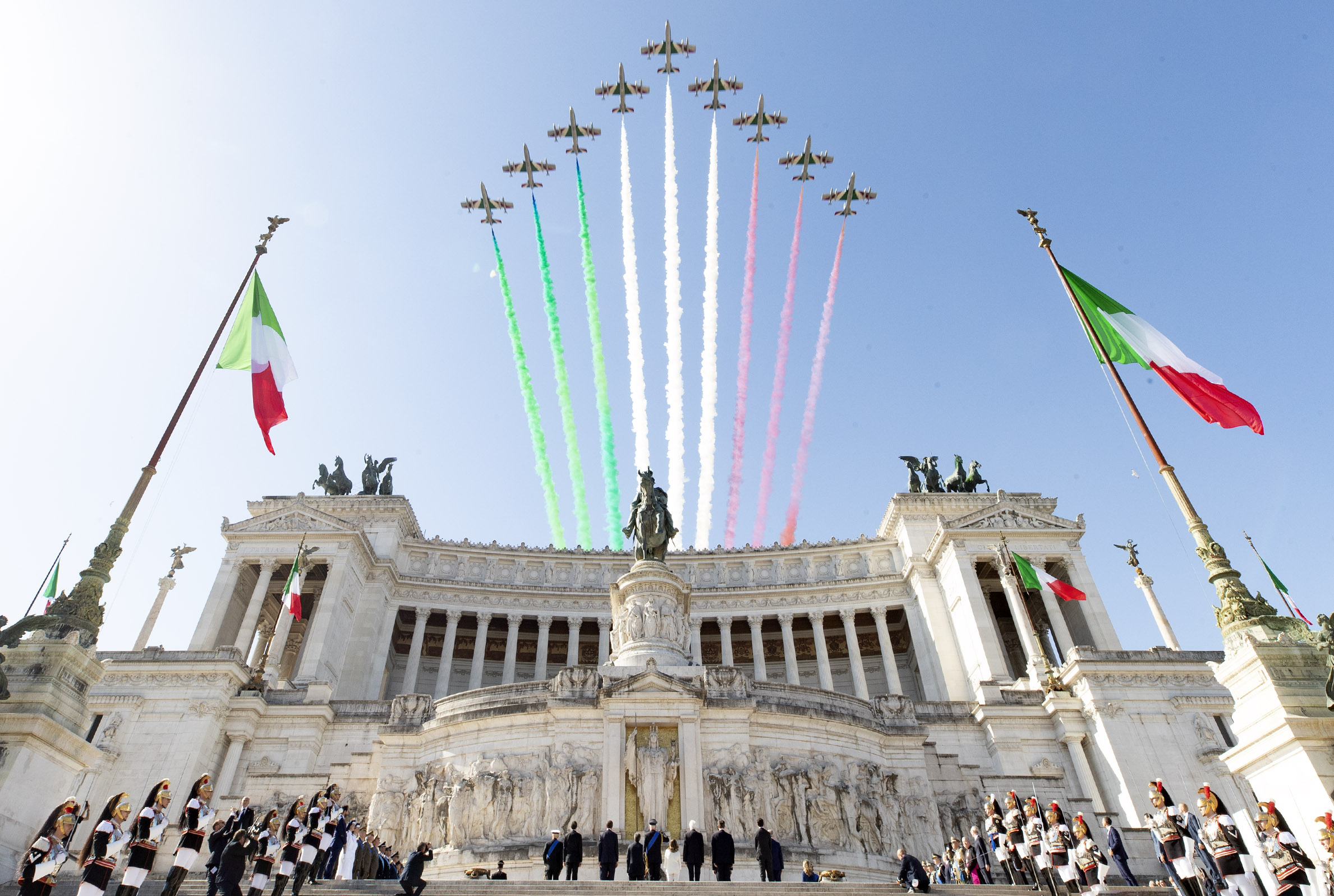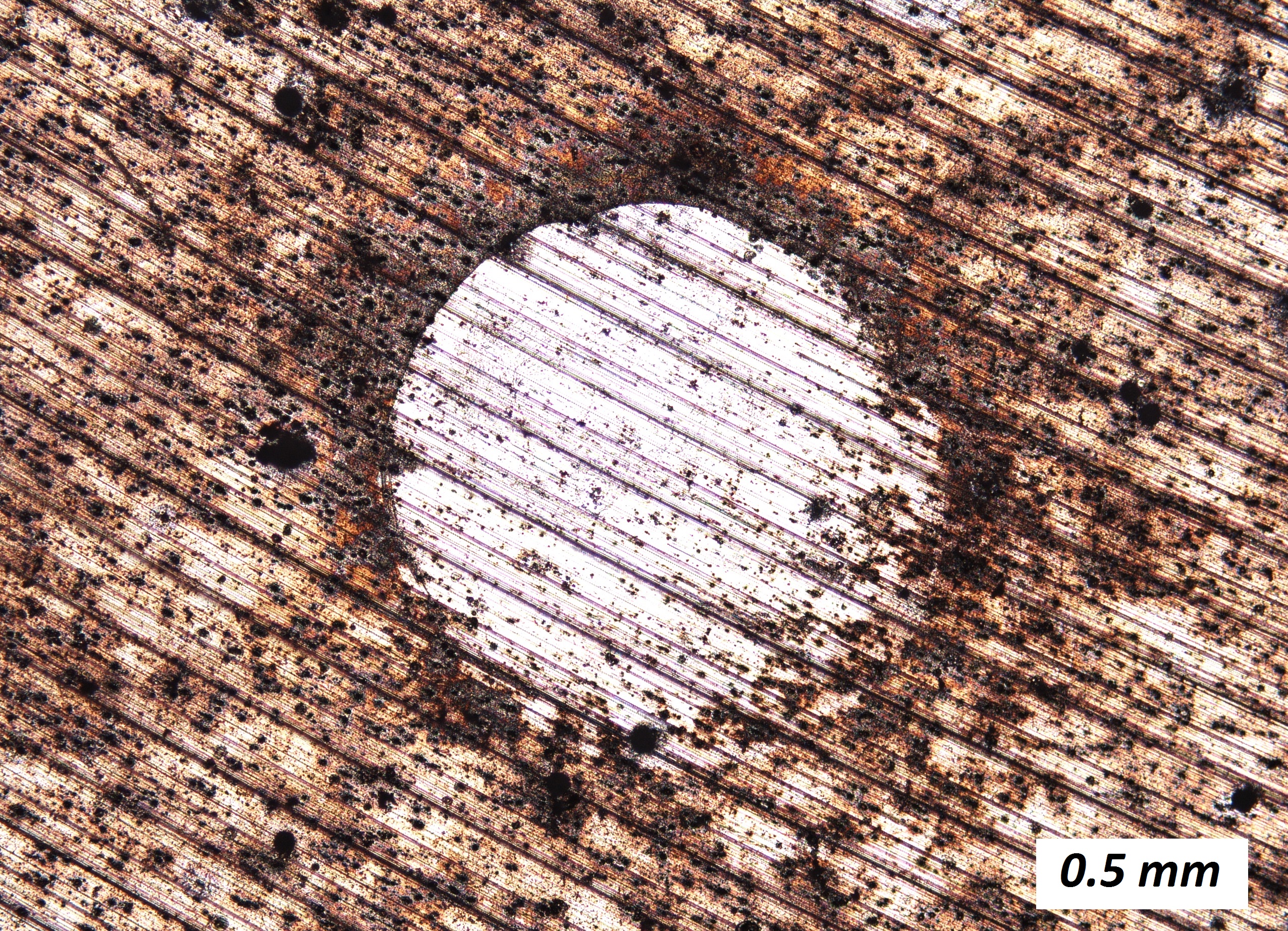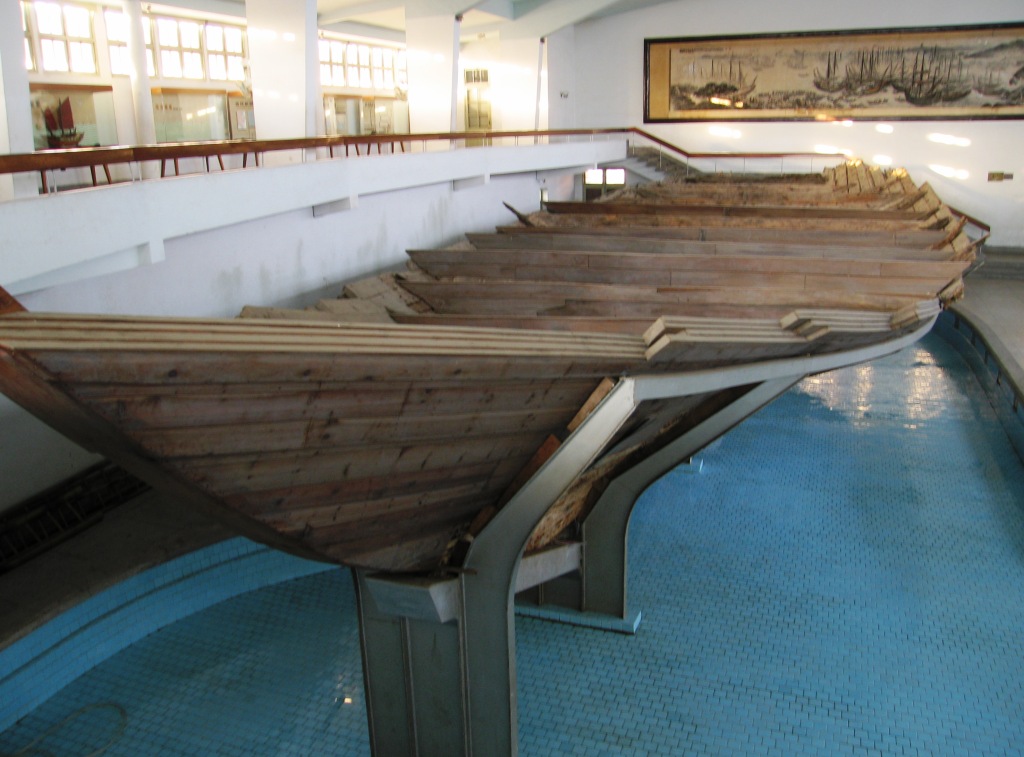|
Ryan ST
The Ryan STs are a series of two seat, low-wing monoplane aircraft built in the United States by the Ryan Aeronautical Company. They were used as sport aircraft, as well as trainers by flying schools and the militaries of several countries. Design and development T. Claude Ryan was the founder of the Ryan Aeronautical Company, the second incarnation of a company with this name, and the fourth company with which he had been involved to bear his nameRussell, Stuart"Ryan Stm-S2."''New Zealand Warbirds,'' 2002, 2014. Retrieved: 6 March 2015. (the first, Ryan Airlines, was the manufacturer of the Ryan NYP, more famously known as the ''Spirit of St. Louis''). He began the development of the ST (for "Sport Trainer", and also known as S-T), the first design of the company, in 1933. The ST featured two open cockpits in tandem in a semi-monocoque metal fuselage of two main frames – one steel, the other half of steel and half of aluminium alloy ( alclad) – to take the loads from ... [...More Info...] [...Related Items...] OR: [Wikipedia] [Google] [Baidu] |
WikiProject Aircraft
A WikiProject, or Wikiproject, is an affinity group for contributors with shared goals within the Wikimedia movement. WikiProjects are prevalent within the largest wiki, Wikipedia, and exist to varying degrees within Wikimedia project, sibling projects such as Wiktionary, Wikiquote, Wikidata, and Wikisource. They also exist in different languages, and translation of articles is a form of their collaboration. During the COVID-19 pandemic, CBS News noted the role of Wikipedia's WikiProject Medicine in maintaining the accuracy of articles related to the disease. Another WikiProject that has drawn attention is WikiProject Women Scientists, which was profiled by ''Smithsonian Magazine, Smithsonian'' for its efforts to improve coverage of women scientists which the profile noted had "helped increase the number of female scientists on Wikipedia from around 1,600 to over 5,000". On Wikipedia Some Wikipedia WikiProjects are substantial enough to engage in cooperative activities with outsi ... [...More Info...] [...Related Items...] OR: [Wikipedia] [Google] [Baidu] |
Spar (aviation)
In a fixed-wing aircraft, the spar is often the main structural member of the wing, running wingspan, spanwise at right angles (or thereabouts depending on Swept wing, wing sweep) to the fuselage. The spar carries flight Structural load, loads and the weight of the wings while on the ground. Other structural and forming members such as Rib (aircraft), ribs may be attached to the spar or spars, with stressed skin construction also sharing the loads where it is used. There may be more than one spar in a wing or none at all. Where a single spar carries most of the force, it is known as the main spar. Spars are also used in other aircraft airfoil, aerofoil surfaces such as the tailplane and Vertical stabilizer, fin and serve a similar function, although the loads transmitted may be different from those of a wing spar. Spar loads The wing spar provides the majority of the weight support and dynamic load integrity of cantilever monoplanes, often coupled with the strength of the wing D- ... [...More Info...] [...Related Items...] OR: [Wikipedia] [Google] [Baidu] |
Menasco
The Menasco Manufacturing Company was an American aircraft engine and component manufacturer. History The company was organized by Albert S. Menasco in 1926 to convert World War I surplus Salmson Z-9 water-cooled nine-cylinder radials into air-cooled engines for private use. His association with John K. (Jack) Northrop and his flying wing project in the late 1920s convinced him of the need for a new configuration of aircraft engine: an inverted in-line air-cooled layout that would have the propeller shaft on top for better ground clearance and improved pilot vision. In 1929, Menasco designed his own engine, the 4-A, the first of what was to become Menasco's main product line, the inverted, in-line engine. Menasco designed and built a variety of four- and six-cylinder inverted air-cooled aircraft engines, some with supercharging. During WWII, Menasco manufactured aircraft landing gear for North American, Lockheed, Republic, General Dynamics, and others. After WWII, aircraft ... [...More Info...] [...Related Items...] OR: [Wikipedia] [Google] [Baidu] |
Floatplane
A floatplane is a type of seaplane with one or more slender floats mounted under the fuselage to provide buoyancy. By contrast, a flying boat uses its fuselage for buoyancy. Either type of seaplane may also have landing gear suitable for land, making the vehicle an amphibious aircraft. British usage is to call floatplanes "seaplanes" rather than use the term "seaplane" to refer to both floatplanes and flying boats. Use Since World War II and the advent of helicopters, advanced aircraft carriers and land-based aircraft, military seaplanes have stopped being used. This, coupled with the increased availability of civilian airstrips, has greatly reduced the number of flying boats being built. However, many modern civilian aircraft have floatplane variants, most offered as third-party modifications under a supplemental type certificate (STC), although there are several aircraft manufacturers that build floatplanes from scratch. These floatplanes have found their niche as one type ... [...More Info...] [...Related Items...] OR: [Wikipedia] [Google] [Baidu] |
EDO Corporation
EDO Corporation was an American company which was acquired by ITT Corporation in 2007. EDO designed and manufactured products for defense, intelligence, and commercial markets, and provided related engineering and professional services. It employed 4,000 people worldwide and had revenues of $715 million in 2006. EDO's assets went to ITT Defense Electronics and Services. As of May 2015, these assets were now part of Harris Corporation, and since June 2019, L3Harris Technologies. History Earl Dodge Osborn founded the Edo Aircraft Corporation in 1925. The company's first successful product line was pontoons for floatplanes. With the outbreak of World War II, the company's focus shifted, and EDO began to provide subassemblies for military aircraft. This shift in emphasis led to the company being renamed the EDO Corporation in November 1947. EDO became a public company in 1956 with its listing on the American Stock Exchange, and moved to the New York Stock Exchange in 1983. An a ... [...More Info...] [...Related Items...] OR: [Wikipedia] [Google] [Baidu] |
Kuomintang
The Kuomintang (KMT) is a major political party in the Republic of China (Taiwan). It was the one party state, sole ruling party of the country Republic of China (1912-1949), during its rule from 1927 to 1949 in Mainland China until Retreat of the government of the Republic of China to Taiwan, its relocation to Taiwan, and in Taiwan Martial law in Taiwan, ruled under martial law until 1987. The KMT is a Centre-right politics, centre-right to Right-wing politics, right-wing party and the largest in the Pan-Blue Coalition, one of the two main political groups in Taiwan. Its primary rival is the Democratic Progressive Party (DPP), the largest party in the Pan-Green Coalition. As of 2025, the KMT is the largest single party in the Legislative Yuan and is chaired by Eric Chu. The party was founded by Sun Yat-sen in 1894 in Honolulu, Hawaii, as the Revive China Society. He reformed the party in 1919 in the Shanghai French Concession under its current name. From 1926 to 1928, the K ... [...More Info...] [...Related Items...] OR: [Wikipedia] [Google] [Baidu] |
Parachute
A parachute is a device designed to slow an object's descent through an atmosphere by creating Drag (physics), drag or aerodynamic Lift (force), lift. It is primarily used to safely support people exiting aircraft at height, but also serves various purposes like slowing cargo, aiding in space capsule recovery, and stabilizing vehicles or objects. Modern parachutes are typically made from durable fabrics like nylon and come in various shapes, such as dome-shaped, rectangular, and inverted domes, depending on their specific function. The concept of the parachute dates back to ancient attempts at flight. In 852 AD, Armen Firman, in Córdoba, Spain, made the first recorded jump with a large cloak to slow his fall. Renaissance figures like Francesco di Giorgio Martini and Leonardo da Vinci later sketched designs resembling modern parachutes, but it wasn’t until the 18th century that the first successful jumps occurred. French Louis-Sébastien Lenormand made the first public jump i ... [...More Info...] [...Related Items...] OR: [Wikipedia] [Google] [Baidu] |
Aerobatics
Aerobatics is the practice of flying maneuvers involving aircraft attitudes that are not used in conventional passenger-carrying flights. The term is a portmanteau of "aeroplane" and "acrobatics". Aerobatics are performed in aeroplanes and gliders for training, recreation, entertainment, and sport. Additionally, some helicopters, such as the MBB Bo 105, are capable of limited aerobatic manoeuvres. An example of a fully aerobatic helicopter, capable of performing loops and rolls, is the Westland Lynx. Most aerobatic manoeuvres involve rotation of the aircraft about its longitudinal (roll) axis or lateral (pitch) axis. Other maneuvers, such as a spin, displace the aircraft about its vertical (yaw) axis. Manoeuvres are often combined to form a complete aerobatic sequence for entertainment or competition. Aerobatic flying requires a broader set of piloting skills and exposes the aircraft to greater structural stress than for normal flight. In some countries, the pilot must wea ... [...More Info...] [...Related Items...] OR: [Wikipedia] [Google] [Baidu] |
Duralumin
Duralumin (also called duraluminum, duraluminium, duralum, dural(l)ium, or dural) is a trade name for one of the earliest types of age hardening, age-hardenable aluminium–copper alloys. The term is a combination of ''Düren'' and ''aluminium'' . Its use as a trade name is obsolete. Today the term mainly refers to aluminium-copper alloys, designated as the 2000 series by the international alloy designation system (IADS), as with 2014 aluminium alloy, 2014 and 2024 aluminium alloy, 2024 alloys used in airframe fabrication. Duralumin was developed in 1909 in Germany. Duralumin is known for its strength and hardness, making it suitable for various applications, especially in the aviation and aerospace industry. However, it is susceptible to corrosion, which can be mitigated by using alclad-duralum materials. History Duralumin was developed by the German metallurgist Alfred Wilm at private military-industrial laboratory (Center for Scientific-Technical Research) in Neubabelsberg ... [...More Info...] [...Related Items...] OR: [Wikipedia] [Google] [Baidu] |
Drop Hammer
A steam hammer, also called a drop hammer, is an industrial power hammer driven by steam that is used for tasks such as shaping forgings and driving piles. Typically the hammer is attached to a piston that slides within a fixed cylinder, but in some designs the hammer is attached to a cylinder that slides along a fixed piston. The concept of the steam hammer was described by James Watt in 1784, but it was not until 1840 that the first working steam hammer was built to meet the needs of forging increasingly large iron or steel components. In 1843 there was an acrimonious dispute between François Bourdon of France and James Nasmyth of Britain over who had invented the machine. Bourdon had built the first working machine, but Nasmyth claimed it was built from a copy of his design. Steam hammers proved to be invaluable in many industrial processes. Technical improvements gave greater control over the force delivered, greater longevity, greater efficiency and greater power. A ste ... [...More Info...] [...Related Items...] OR: [Wikipedia] [Google] [Baidu] |
Bulkhead (partition)
A bulkhead is an upright wall within the hull (watercraft), hull of a ship, within the fuselage of an airplane, or a car. Other kinds of partition elements within a ship are deck (ship), decks and deckheads. Etymology The word ''bulki'' meant "cargo" in Old Norse. During the 15th century sailors and builders in Europe realized that walls within a vessel would prevent cargo from shifting during passage. In shipbuilding, any vertical panel was called a head. So walls installed abeam (side-to-side) in a vessel's hull were called "bulkheads". Now, the term bulkhead applies to every vertical panel aboard a ship, except for the hull itself. History Bulkheads were known to the ancient Greeks, who employed bulkheads in triremes to support the back of rams. By the Athenian trireme era (500 BC), the hull was strengthened by enclosing the bow behind the ram, forming a bulkhead compartment. Instead of using bulkheads to protect ships against rams, Greeks preferred to reinforce the hull ... [...More Info...] [...Related Items...] OR: [Wikipedia] [Google] [Baidu] |








